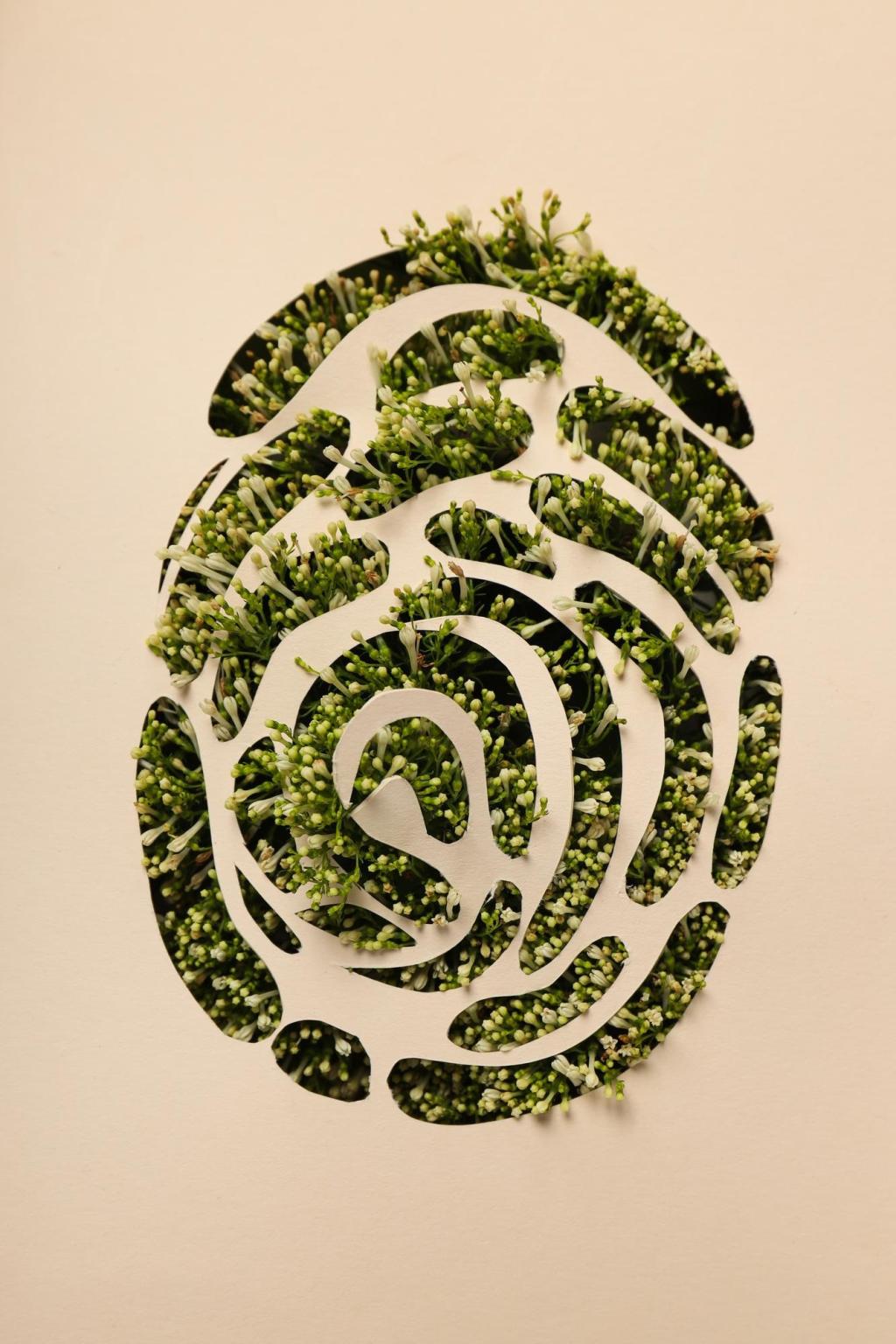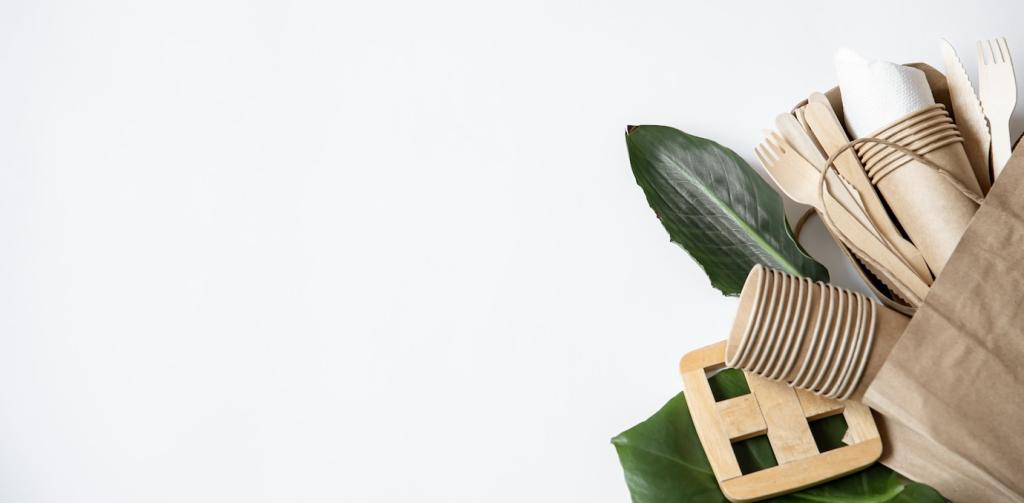What “Low VOC” Really Means
Volatile organic compounds evaporate into your home’s air, contributing to headaches, irritation, and that harsh paint smell. Low VOC finishes minimize off‑gassing during application and curing, helping create calmer, healthier rooms where you can work, rest, and host friends without the lingering chemical haze.
What “Low VOC” Really Means
Many low VOC wood finishes keep solvent content to modest levels, often far below conventional coatings for comparable tasks. Labels may list grams per liter, and the safest choices often pair low numbers with proven performance. Always compare data sheets, not just marketing claims, before committing your project.
What “Low VOC” Really Means
Look for third-party references like GREENGUARD Gold emissions criteria, CARB-compliant statements, EU Ecolabel claims, or Green Seal certifications. These programs encourage stricter testing, clearer disclosures, and safer formulations. Save product links, share finds with our community, and ask questions if a label or claim seems unclear.
What “Low VOC” Really Means
Lorem ipsum dolor sit amet, consectetur adipiscing elit. Ut elit tellus, luctus nec ullamcorper mattis, pulvinar dapibus leo.



